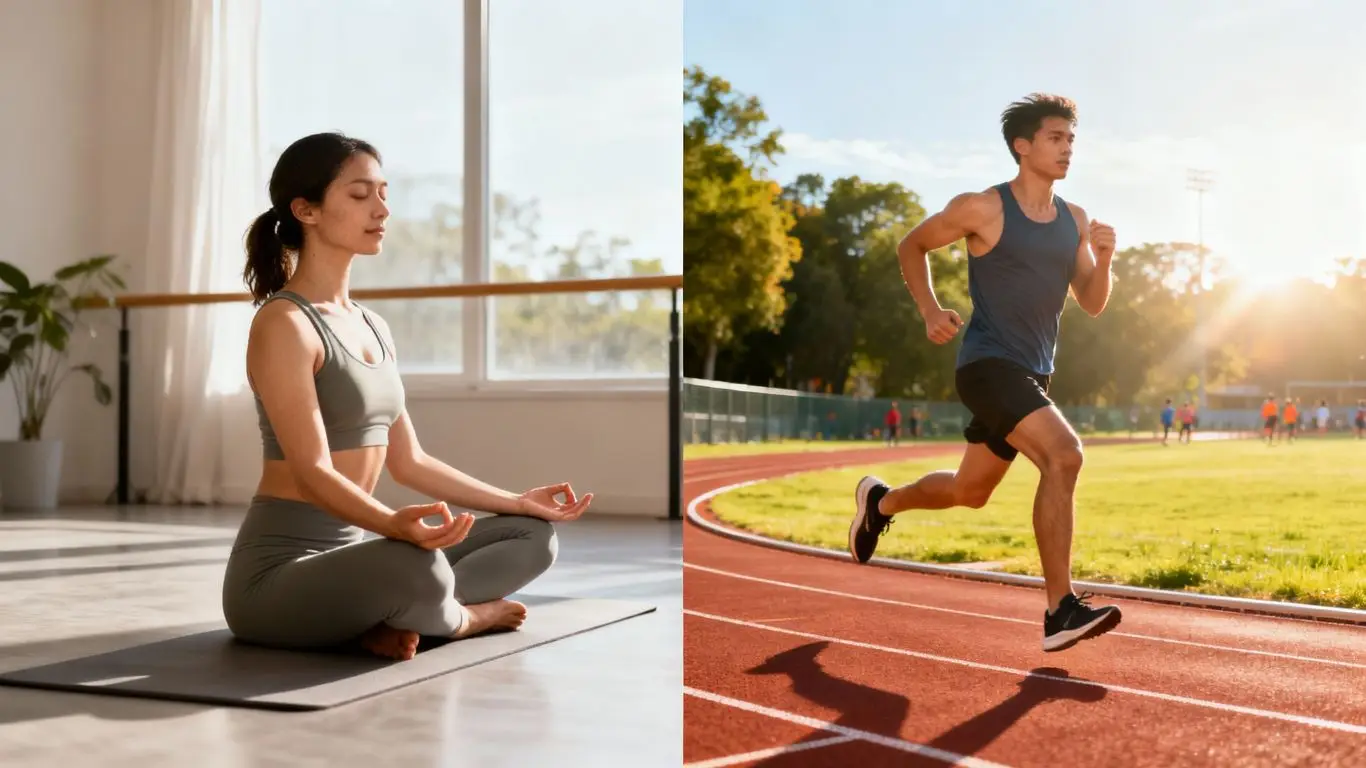A recent systematic review of existing research suggests that while yoga offers some cardiovascular advantages, it may not be as effective as structured exercise in improving vascular health. The findings challenge the widespread belief that yoga alone is a potent tool for protecting the heart, particularly for sedentary individuals.
Key Takeaways
- Structured exercise like Tai Chi, Pilates, and HIIT consistently outperforms yoga in improving vascular function.
- Yoga’s benefits for vascular health are inconsistent and may be more pronounced in older adults.
- Hot yoga offers no additional cardiovascular advantage over room-temperature yoga.
- For optimal heart health, yoga should be complemented with more vigorous forms of exercise.
Rethinking Yoga’s Role in Cardiovascular Health
Contrary to popular perception, a comprehensive review of studies indicates that yoga’s impact on vascular function is less reliable than that of conventional exercise. Researchers analyzed various studies comparing yoga interventions with other forms of physical activity in sedentary adults. Vascular function, which refers to the ability of blood vessels to efficiently transport blood, is a critical indicator of cardiovascular health. Sedentary lifestyles are known to impair this function, increasing the risk of heart-related issues.
Structured Exercise Leads the Way
The review found that traditional exercise modalities such as Tai Chi, Pilates, and high-intensity interval training (HIIT) consistently demonstrated superior results in enhancing vascular function. These activities, through their intensity and impact, appear to create more significant beneficial adaptations in blood vessels compared to the gentler movements often associated with yoga. For instance, Tai Chi showed significant improvements in endothelial function, while Reformer Pilates led to measurable enhancements in arterial dilation even after a single session.
Yoga’s Mixed Results and Age Dependency
While yoga does offer some benefits, the study highlights that these effects are not uniform. Improvements were more consistently observed in middle-aged and older adults, with younger individuals showing fewer significant changes. This age-dependent response is thought to be related to baseline vascular health; older adults often have more impaired blood vessel function, thus having more room for improvement. However, even within older populations, yoga’s benefits were found to be inconsistent across different studies and yoga styles.
The Hot Yoga Myth Debunked
The review also addressed the popular notion that heated yoga, such as Bikram yoga, offers enhanced cardiovascular benefits. The findings indicate that practicing yoga in a hot environment provides no additional advantage over practicing at room temperature. While some studies showed modest vascular improvements with Bikram yoga, the heat itself did not significantly contribute to these adaptations.
Moving Forward: A Combined Approach
Experts emphasize that while yoga has value for flexibility, balance, and stress reduction, it may not be sufficient on its own for robust cardiovascular protection, especially for sedentary individuals. The study suggests that for those primarily seeking to improve heart health, yoga should be combined with more intense aerobic or resistance training. This integrated approach, combining the holistic benefits of yoga with the proven vascular enhancements of structured exercise, is recommended for a more comprehensive strategy towards maintaining a healthy cardiovascular system.



